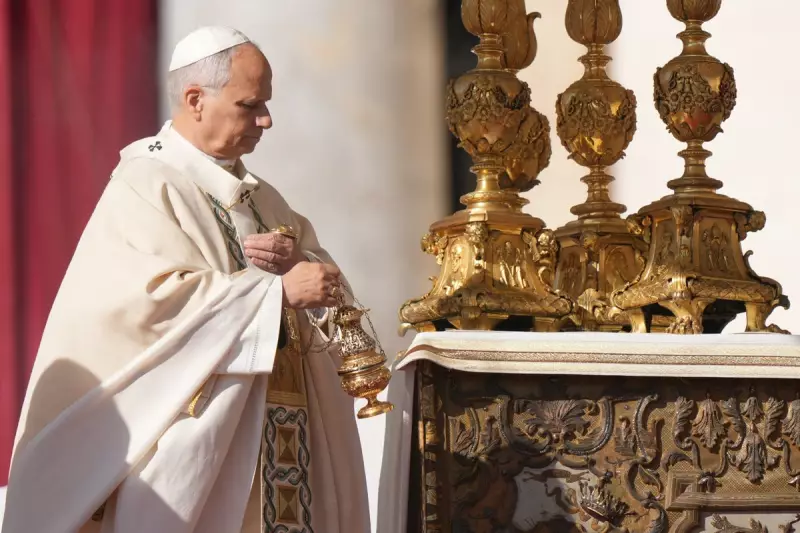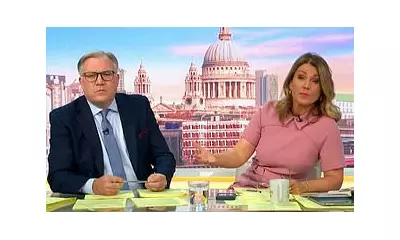
Explosive documents unearthed from the Vatican's Secret Archives have revealed one of the earliest documented cases of systematic abuse cover-up within the Catholic Church, implicating none other than Pope Leo XIII himself.
The Cardinal and the Choirboy
At the heart of the scandal was Cardinal Giuseppe Melchiorre Sarto, who would later become Pope Pius X. In 1898, a desperate father wrote directly to Pope Leo XIII, alleging that the cardinal had sexually abused his three sons, all of whom served as choirboys.
The father's plea was heartbreakingly clear: "I am constrained to ask for help for the honour of my family, and for the good of my three children, who are completely ruined."
The Vatican's Damage Control
Rather than investigating the serious allegations, Pope Leo XIII's administration sprang into action to protect the Church's reputation. Documents show the Vatican:
- Immediately transferred the accusing father to a remote parish
- Placed the man under surveillance by Church authorities
- Systematically discredited his character and allegations
- Ensured Cardinal Sarto faced no consequences
"This case demonstrates that the pattern of cover-up we've seen in recent decades has much deeper roots," noted Dr. Giovanni Coco, the archivist who discovered the documents.
Historical Pattern Emerges
The uncovered correspondence reveals a sophisticated system of suppression that would become tragically familiar in the following centuries. Church officials:
- Prioritised institutional protection over victim welfare
- Used ecclesiastical authority to silence accusers
- Enabled abusers to continue their careers unimpeded
- Maintained secrecy through hierarchical control
The cardinal in question not only escaped accountability but was later elected pope, serving from 1903 until his death in 1914.
Modern Implications
This historical discovery provides crucial context for understanding the systemic nature of abuse cover-ups within the Catholic Church. It suggests that the patterns observed in the 20th and 21st centuries were established practices rather than recent developments.
The Vatican's decision to open these archives has provided researchers with unprecedented access to documents that reveal how the Church handled abuse allegations across different historical periods.
As more archives become accessible, historians anticipate further revelations about how the Catholic Church's approach to abuse allegations evolved—or failed to evolve—over centuries.





